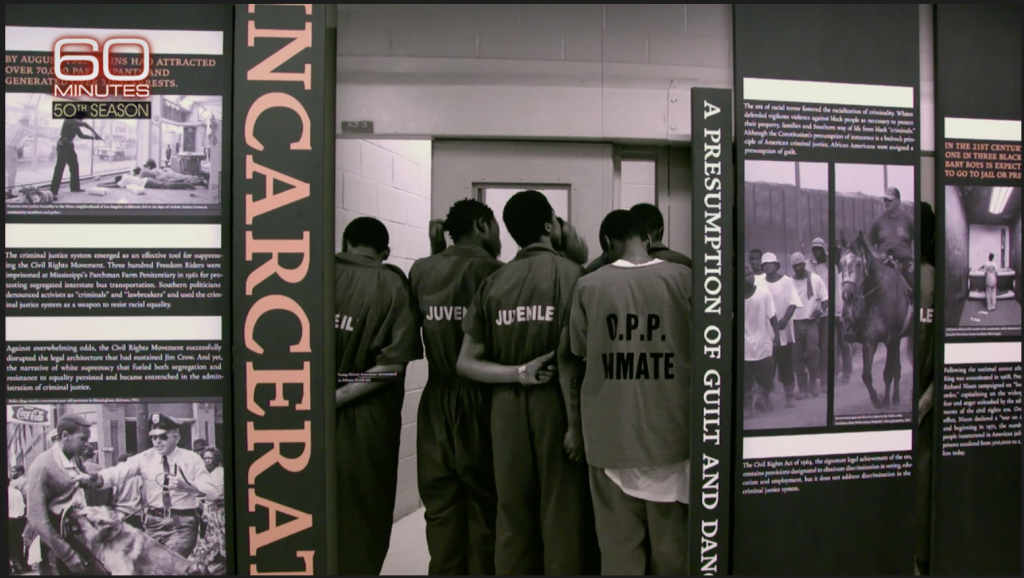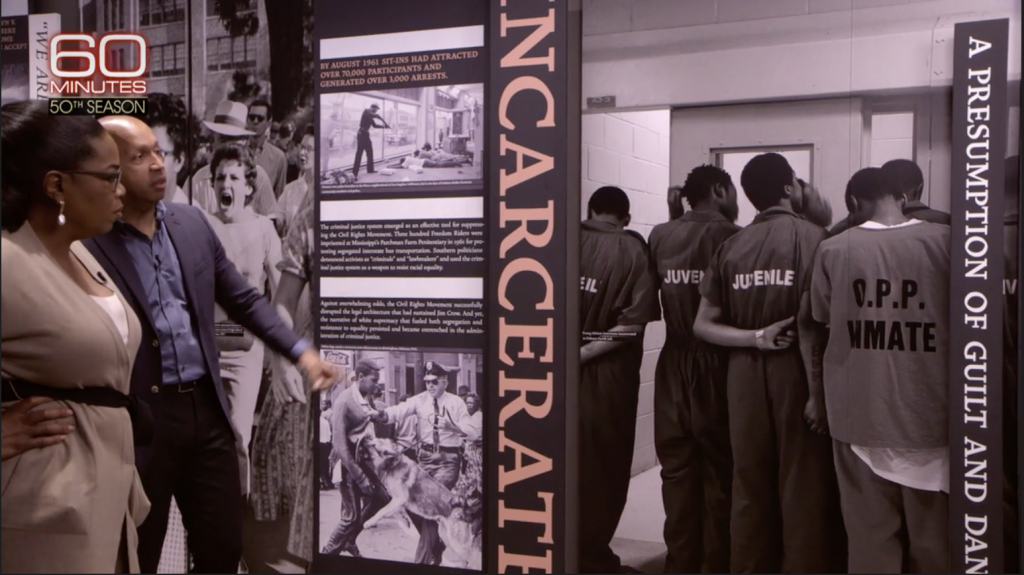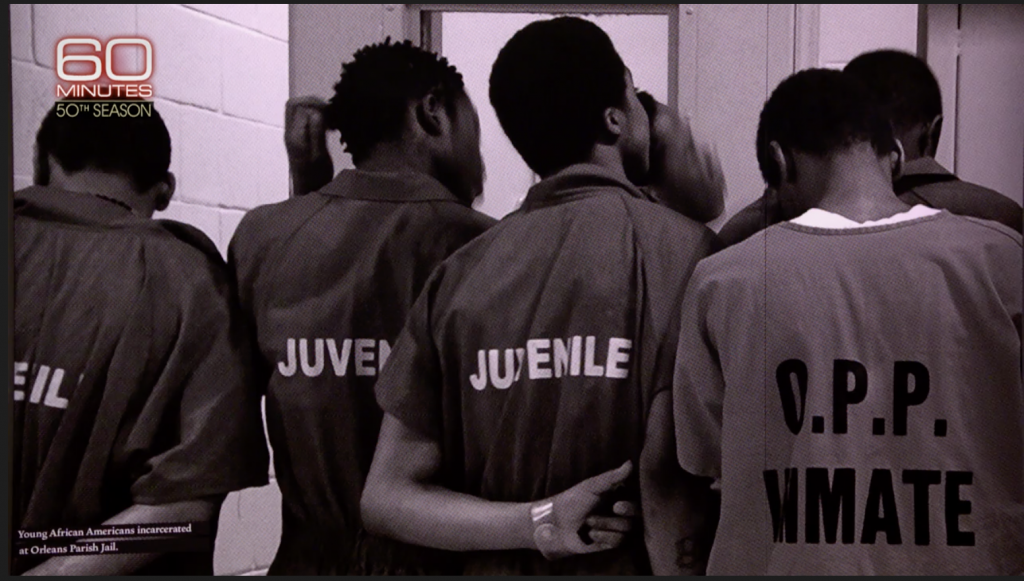“I rob banks because that’s where the money is.” - Willie Sutton
I make images of a certain scale and accessibility because I want them to be shown in the hallways and institutions where the policy makers are.
An extensive exhibition of the work is currently up at American University. All are 24”x37” images mounted to the walls with magnets. Next to recycling, trash, vending machines, couches. It doesn’t matter. It’s where the future policy makers of American are studying. In the Fall the work will be at Georgetown Law. I am a nightmare for facilities management. They have never done this before, but they do buy in after a bit. They are simply not used to the walls being this activated.
A lovely artist friend who will be showing at the American University Museum next year suggested the work should be bigger, have more of a presence, stature. I tried to explain that by doing them larger would make them less accessible to this population. It would commodify the work and make it into an artifact rather than a conduit to tell the story of these people.
Hallways of institutions where we frame the conversation for a new generation.....are where this work has to be.....
Where people need this critical discussion.
Somehow it comes down to the Willie Sutton quote…..
It’s where the money is.







